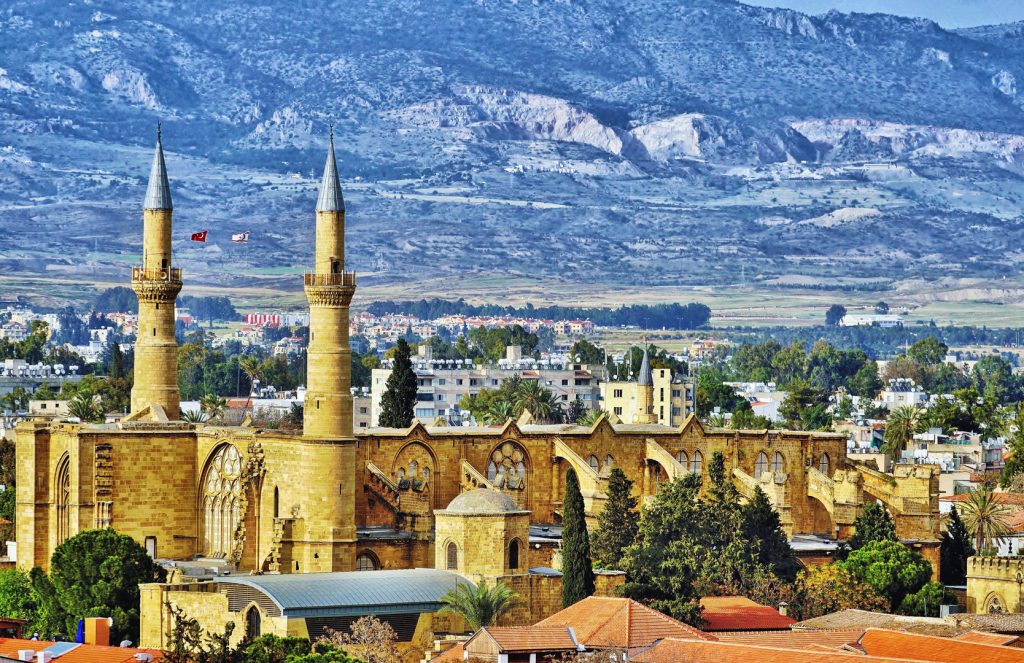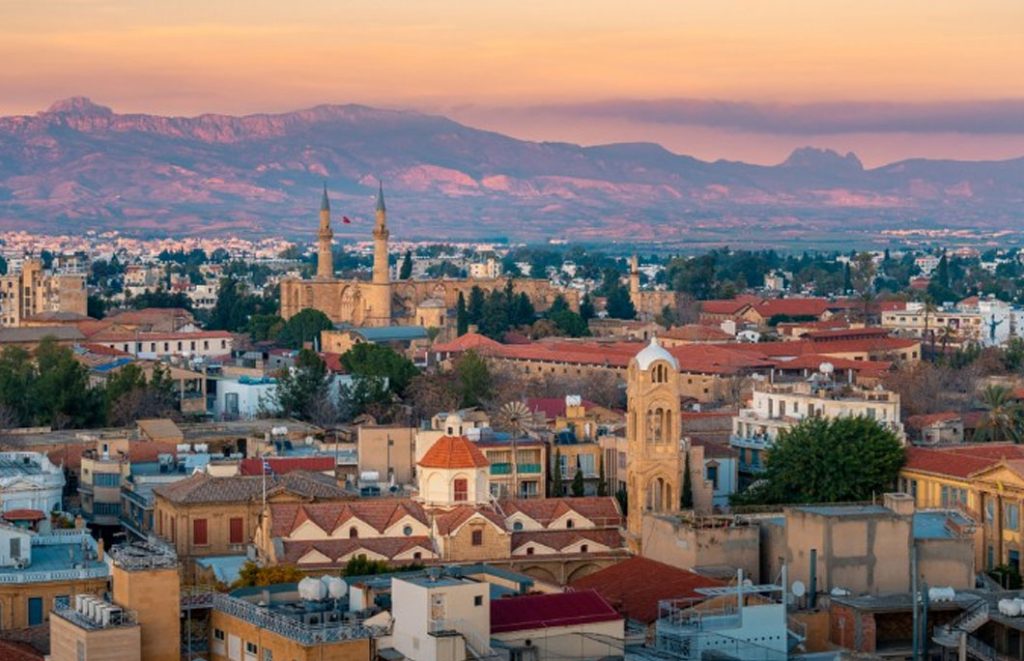Tour.
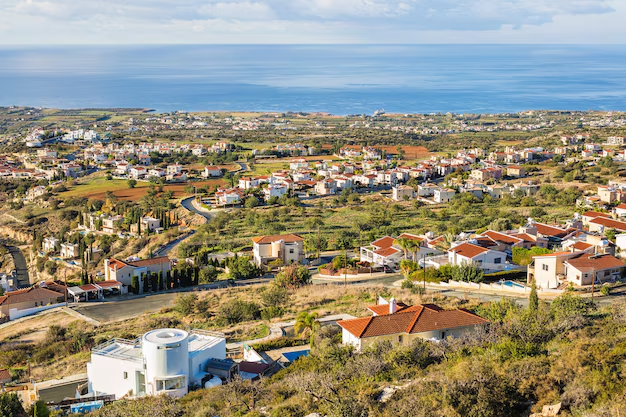
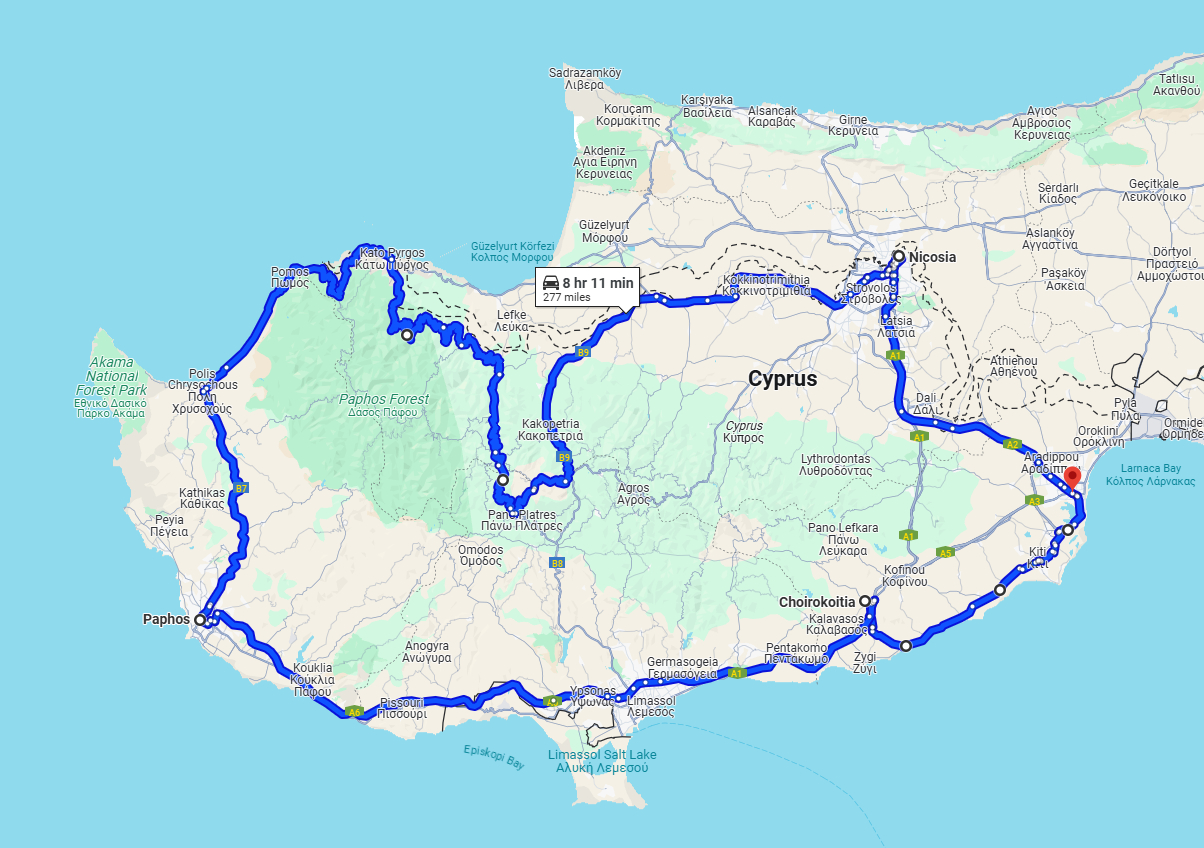
- Miles: 280
- Start: anywhere on the trip
- End: anywhere on the trip
- Time: 1 or 2 days
- Suitability: A2 or above
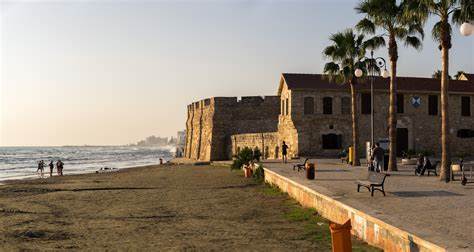
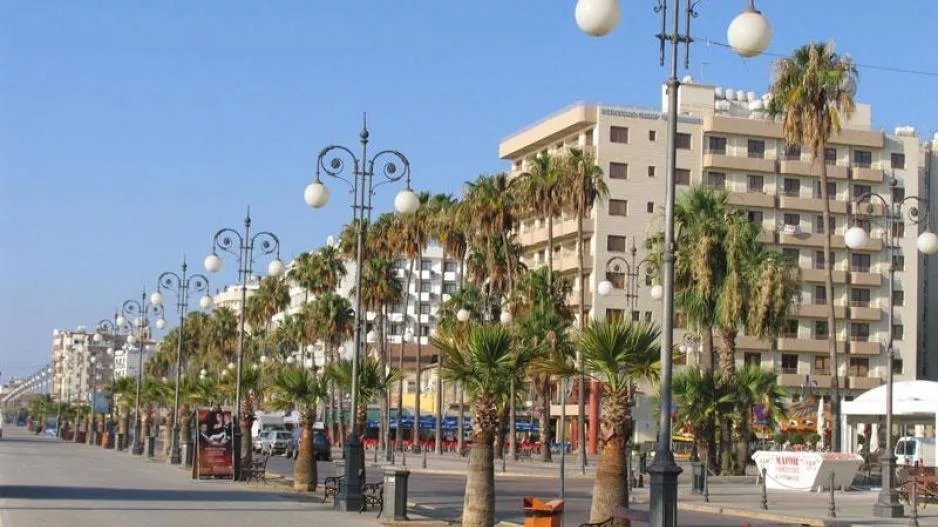
Larnaca, is a city on the southeast coast of Cyprus and the capital of the district of the same name. It is the third largest city in the country after Nicosia and Limassol.
Built on the ruins of Citium, the Ancient Greek city-state best known as the birthplace of Stoic philosopher Zeno of Citium. Larnaca attracts many visitors to its beaches, as well as Finikoudes (Greek for “palm trees”), its signature seafront promenade lined with palm trees. It gives its name to the country’s primary airport, Larnaca International Airport. It also has a seaport and a marina.
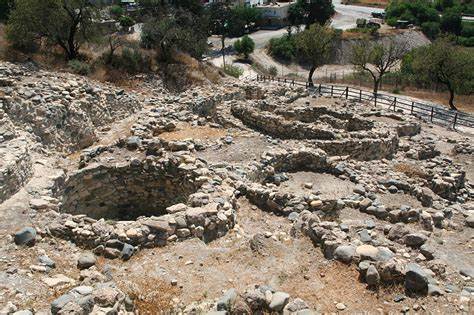
Choirokoitia is an archaeological site on the island of Cyprus dating from the Neolithic age. It has been listed as a World Heritage Site by UNESCO since 1998. The site is known as one of the most important and best preserved prehistoric sites of the eastern Mediterranean. Much of its importance lies in the evidence of an organised functional society in the form of a collective settlement, with surrounding fortifications for communal protection. The Neolithic aceramic period is represented by this settlement and around 20 other similar settlements spread throughout the island.
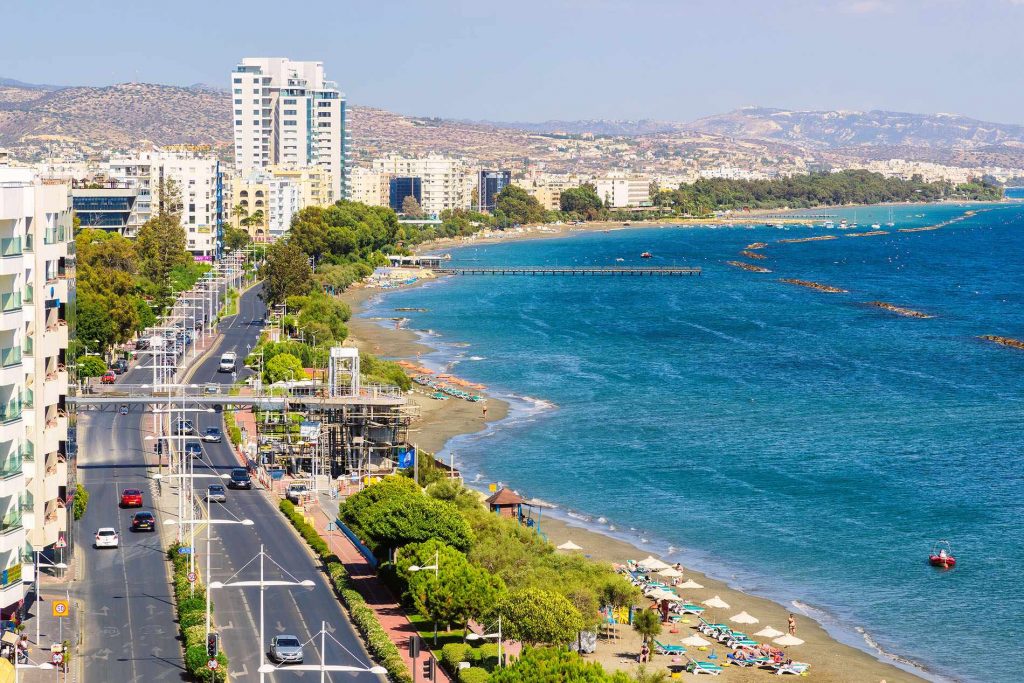
Limassol, also known as Lemesos, is a city on the southern coast of Cyprus and capital of the Limassol district. Limassol is the second-largest urban area in Cyprus after Nicosia,
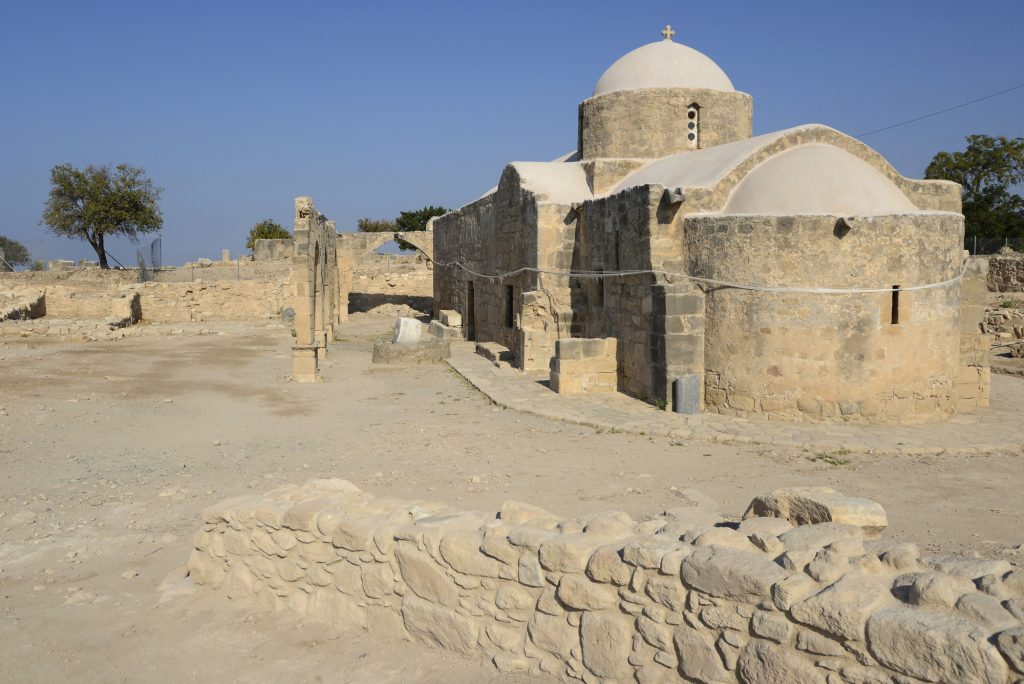
Kouklia is a village in the Paphos District, about 10 miles (16 km) east from the city of Paphos on the Mediterranean island of Cyprus. The village is built in the area of “Palaepaphos”, mythical birthplace of Aphrodite, Greek goddess of love and beauty, which became the centre for her worship in the ancient world. Because of its ancient religious significance and architecture, Kouklia was inscribed on the UNESCO World Heritage List along with Kato Paphos in 1980.
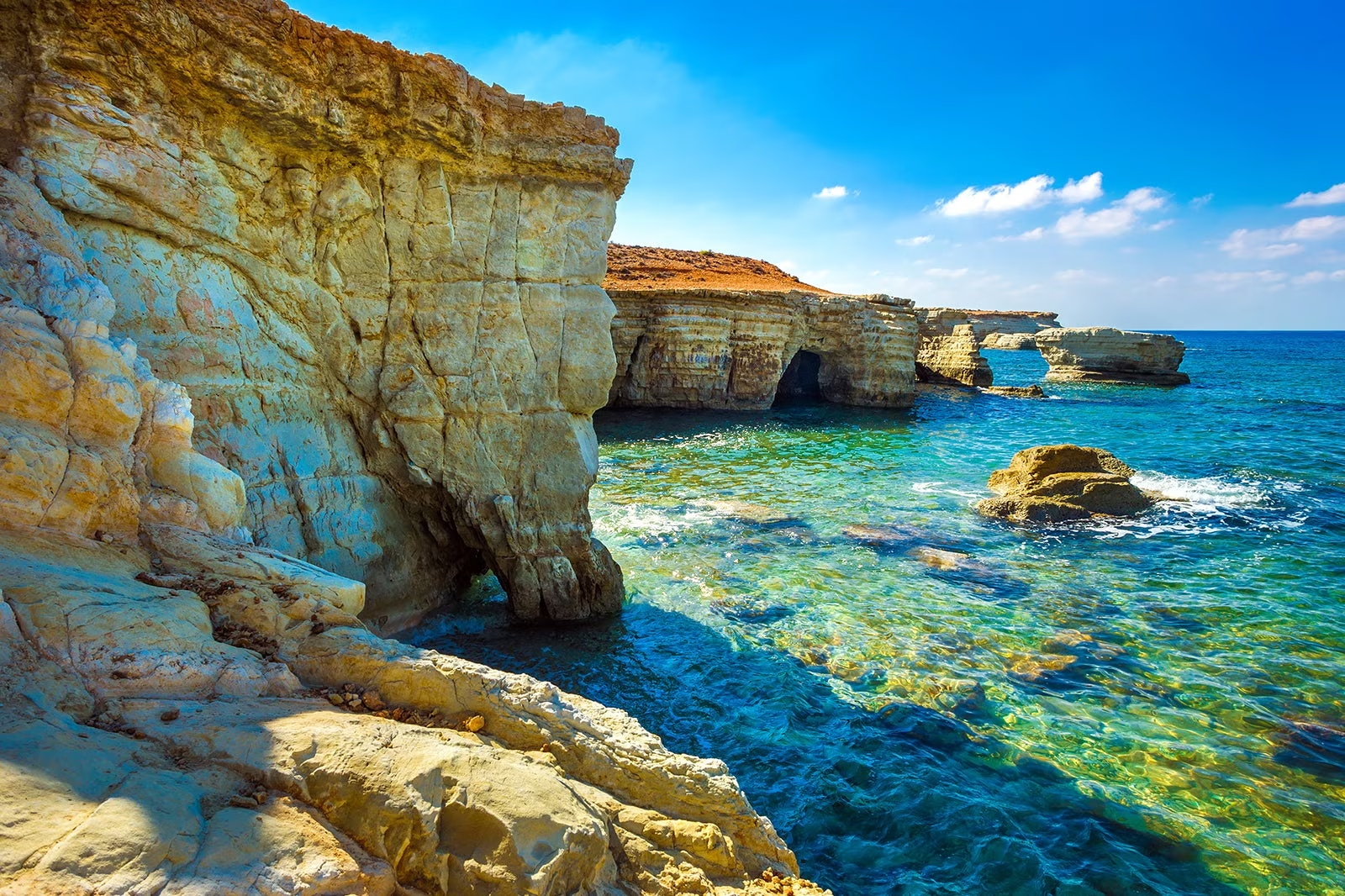
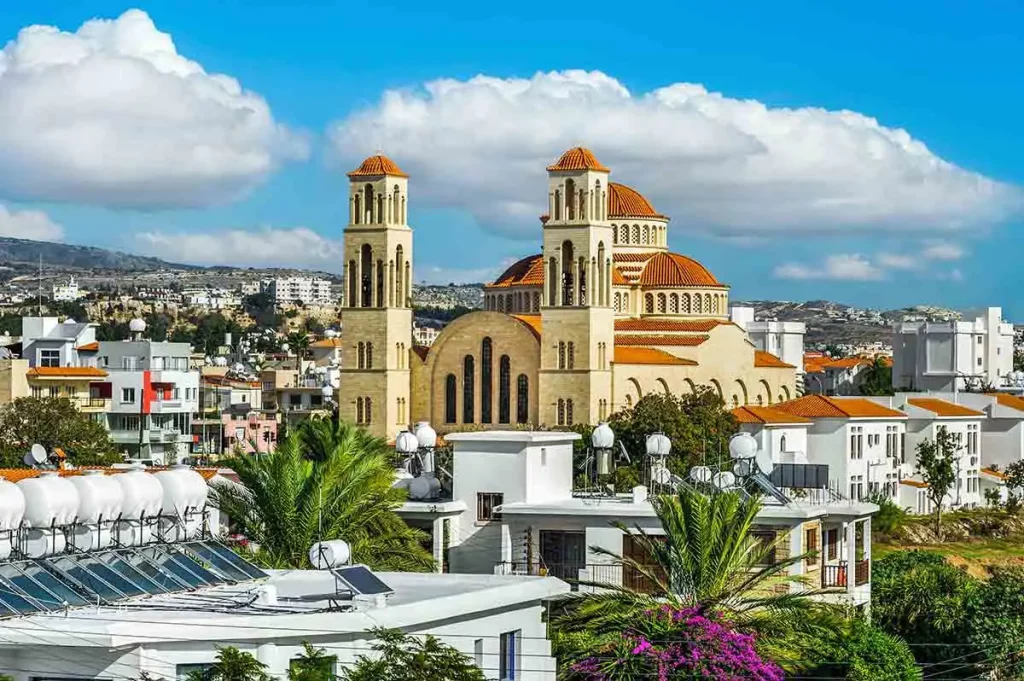
Paphos, is a coastal city in southwest Cyprus and the capital of Paphos District. In classical antiquity, two locations were called Paphos: Old Paphos, today known as Kouklia, and New Paphos. It is the fourth-largest city in the country, after Nicosia, Limassol and Larnaca.
The current city of Paphos lies on the Mediterranean coast, about 30 miles (50 km) west of Limassol (the biggest port on the island), both of which are connected by the A6 highway. Paphos International Airport is the country’s second-largest airport, and is a gateway to western and southern Cyprus. The city has a subtropical-Mediterranean climate, with the mildest temperatures on the island.
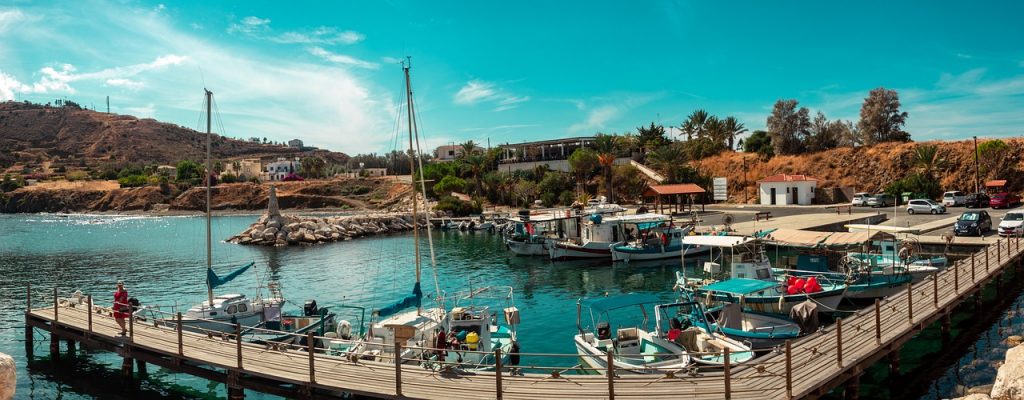
Pomos is a village in the Paphos District of Cyprus, located 10 miles (17 km) northeast of Polis Chrysochous.
Despite being one of the most remote villages of Cyprus it hosts several cultural events and festivities.
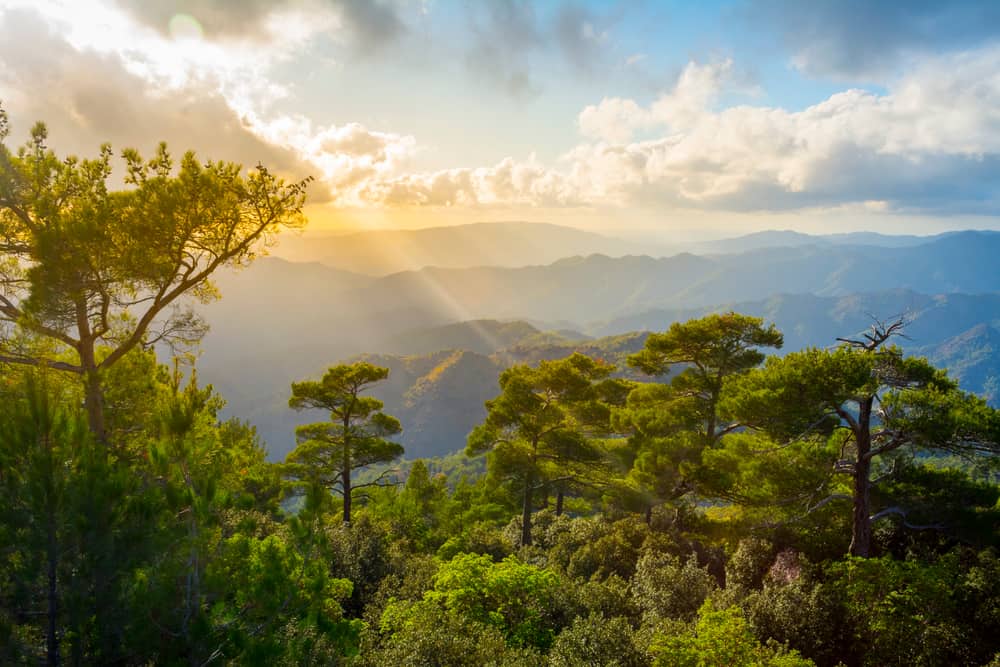
Paphos Forest covers a vast area of over 60,000 hectares on the island of Cyprus, spreading across the western region from the Troodos Mountains to the coast near Paphos. The forest’s significance lies in its rich biodiversity, cultural importance, and history.
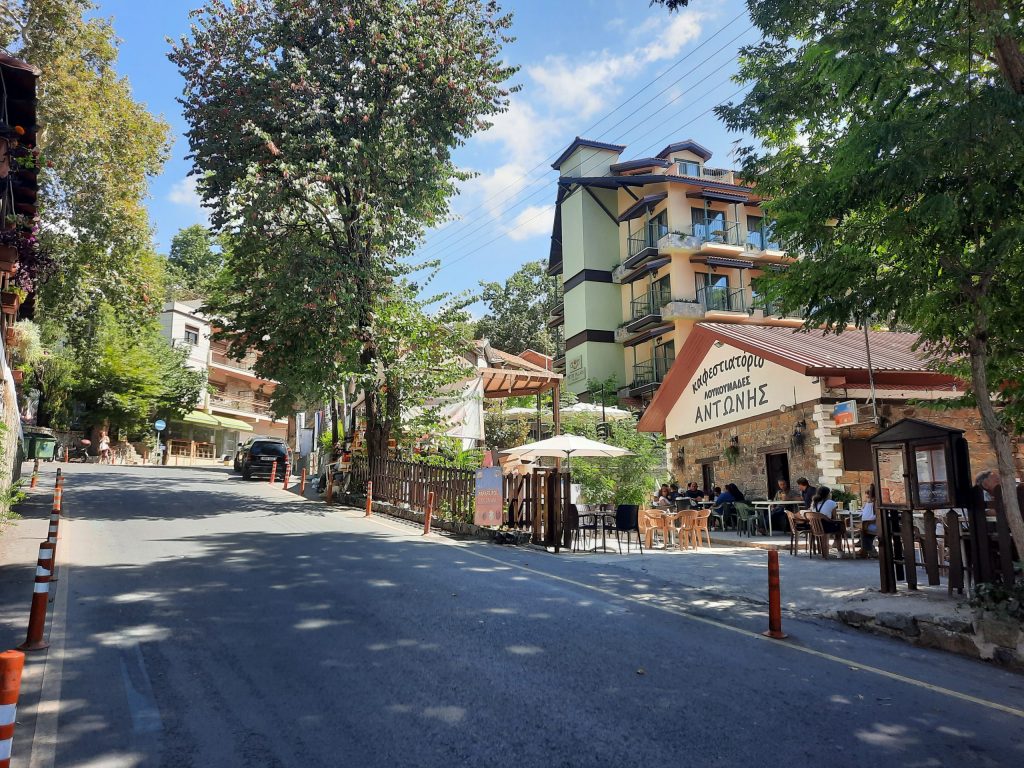
Platres or Pano Platres, is a Μountainous village in Cyprus. It is located on the southern slopes of the Troodos Mountains and is one of the wine villages.
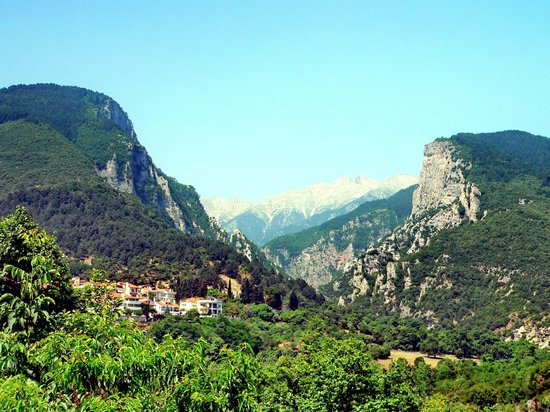
Olympus, at 1,952 metres (6,404 ft), is the highest point in Cyprus. It is located in the Troodos Mountains of Cyprus. Mount Olympus peak and the “Troodos Square” fall under the territory of Platres in Limassol District. A British long range radar currently operates at Mount Olympus’ peak. It has a highland warm-summer mediterranean climate.
Mount Olympus is formed of ultramafic rock, dominantly serpentinized harzburgite which is part of the Troodos ophiolite.
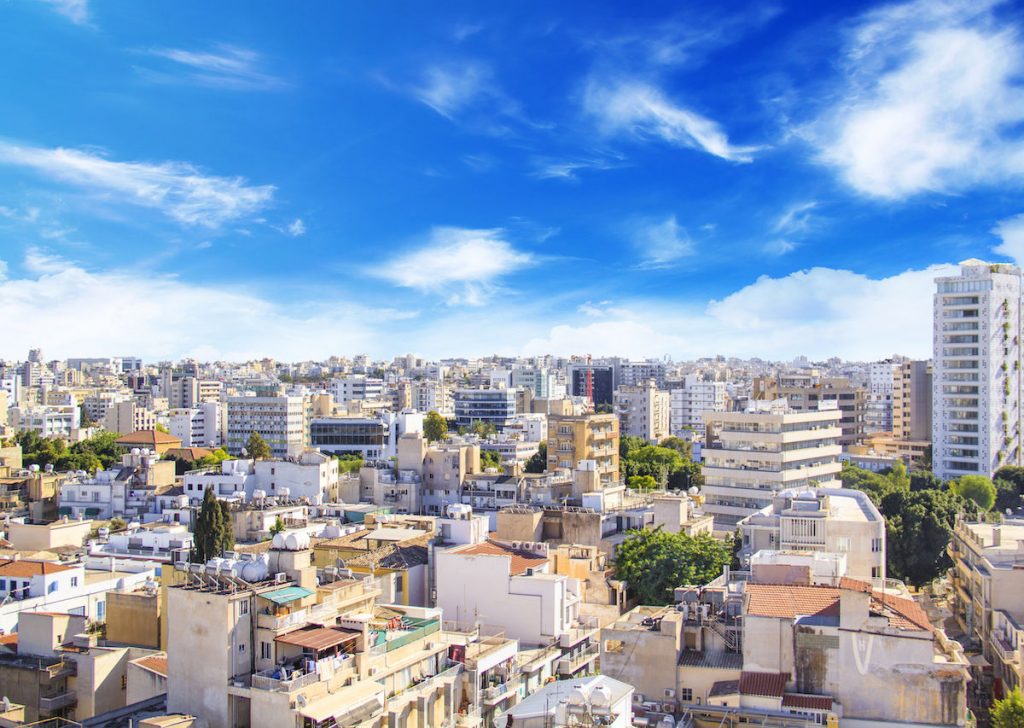
Nicosia, also known as Lefkosia and Lefkoşa, is the capital and largest city of Cyprus. It is the southeasternmost of all EU member states’ capital cities.
Nicosia has been continuously inhabited for over 4,500 years and has been the capital of Cyprus since the 10th century. Three years after Cyprus gained independence from British rule in 1960, the Bloody Christmas conflict between Greek Cypriots and Turkish Cypriots triggered island-wide intercommunal violence, and Nicosia’s Greek Cypriot and Turkish Cypriot communities segregated into its south and north respectively in 1964.
